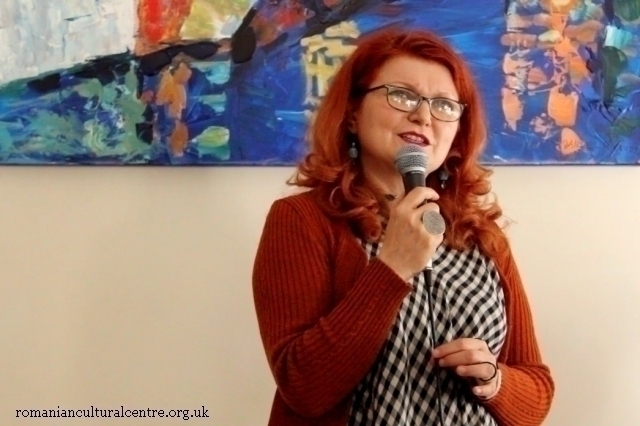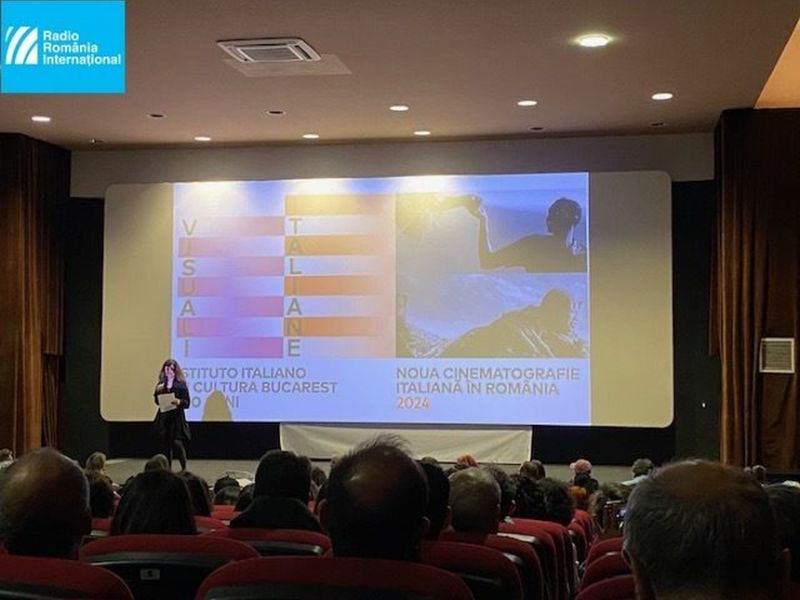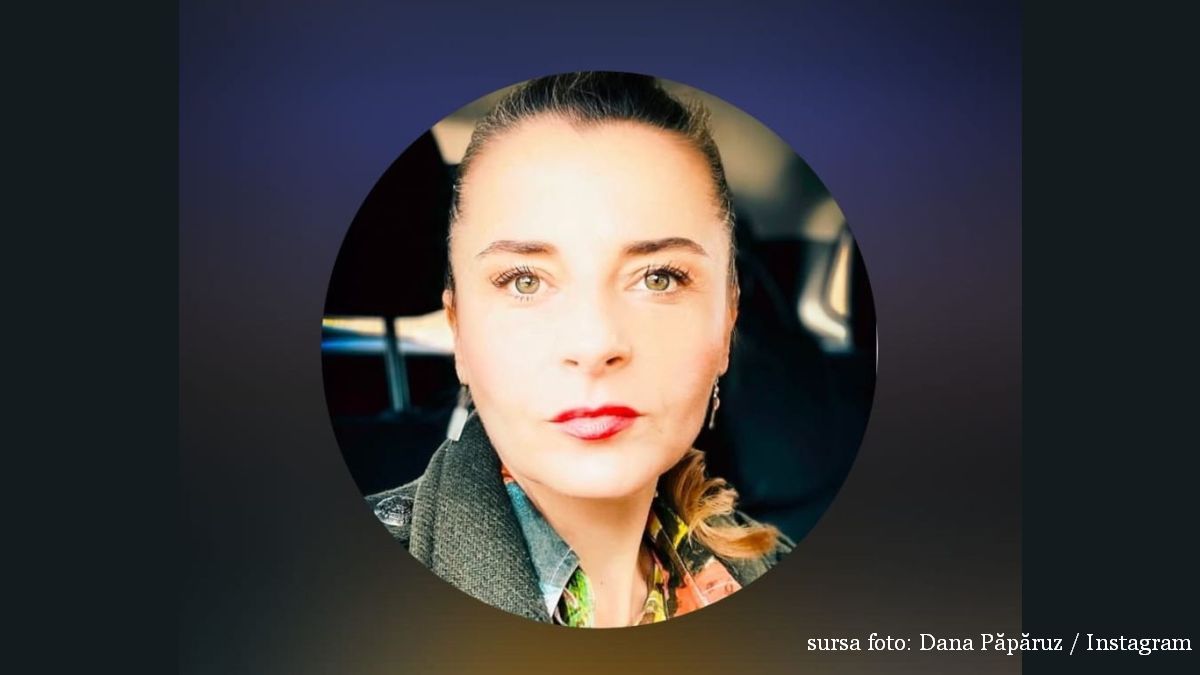Mariana Gordan: The Story of the Nomad
The artist had solo exhibitions in Paris, Venice, Florence, Avignon, Ulm, Berlin, Tokyo, Seattle and Washington.
Warning: Trying to access array offset on null in /home/web/rri.ro/public/wp-content/themes/rri/template-parts/content.php on line 53

Warning: Trying to access array offset on null in /home/web/rri.ro/public/wp-content/themes/rri/template-parts/content.php on line 98
Corina Sabău,
04.08.2018, 14:03
When she fled Romania in 1979 with a forged passport, Mariana Gordan risked up to thirty years in a communist jail, for the pretext of having befriended imperialist Brits. She still believed that she could have lost her life if she had stayed in Romania. London, however, a city she has been living in for almost 40 years, provided her with peace of mind, and rewarded her creativity. Mariana Gordan has had exhibitions in some of the top galleries there, such as Pitshanger and ACAVA. She was also been granted the contract to make the monumental paintings decorating three London Metro stations: Oxford Circus, Tottenham Court Road, and Finsbury Park Station.
She also had solo exhibitions in Paris, Venice, Florence, Avignon, Ulm, Berlin, Tokyo, Seattle and Washington. She believes she is a portrait artist, in spite of what she calls a lack of style, academically speaking. As she put it, quote: “I prefer experimenting, trying to forget what I learned in art school, and use what I learned in museums and in everyday life. Art is personal for me, not an exercise in falling in line with trends, fashions or styles, unquote.
Right before she fled the country, Mariana Gordan failed the entrance exam for the School of Fine Arts. She was told that she was talented, but not talented enough: “My mother was afraid I could ruin my career. She had an intuition that I was an artist, and that I would not accept an alternative, another career. Shortly after I failed the exam, I found with great difficulty a job as a receptionist at a hotel on the Black Sea coast. There I was drawing portraits for tourists, just sketches, without realizing that people would come to boast about them. When the authorities found out, the manager of the hotel presented her own version, claiming I got money for the portraits, because she suspected I was getting money for the drawings and was not sharing it with her. The next step was to be fired, and then arrested, even if no money was found on me. The British tourists I drew the portraits for got involved, telling them I was fired for no reason, and signed a petition, specifying that I never spoke ill of Romania, and that I was unjustly fired. More than that, as I found out later, these Brits happened to be activists, and they went to gather signatures on my behalf from other tourists. This stirred things up even more, so that in the morning I was arrested for instigating an illegal strike. In addition to that, they said I was conspiring against the Romanian state. These Brits got me a forged passport, and got me out of the country. After I reached England, my escape from the country held the headlines for three months, and the Securitate (the former political police) started threatening me.
Mariana Gordan wrote her fascinating life story in the book “State Property. My Cold War Memoir, published in 2015 by Charmides Publishing House in Bistrita-Nasaud.
In this book, Mariana sets aside a good portion of the book to the cultural differences between the Communist Romania of the 1970s and the UK: “The first culture shock was how kind the Brits were. I went to a police precinct to show my forged passport and ask for political asylum. A woman police constable brought me a cup of tea, and I was convinced that the tea was drugged. I could not believe that the police could be so kind, that they would treat you as a human being. It was a world of difference from Romania, where the authorities and the police treated you like scum. When I saw how different the police was there, I was afraid that it was being set up. I could not believe that there can be human beings in a uniform that would treat you so humanely. The second culture shock came shortly after I reached the UK. My first contact there was sculptor Paul Neagu, who told me to go to Durham University, and I signed up for art school. It seemed unbelievable to me, because there are no entrance exams there, I went for an interview and gave them my portfolio. After the interview with the commission, I was admitted with acclaim. I could not believe there could be a country that civilized, having admissions like that. However, things changed after I started classes. I was shocked that most of my colleagues and teachers were leftist. However, they were leftist on the Trotsky model. And that happened in the middle of the Cold War. I was coming from a country full of indoctrination, and here I was, being told by free people that they wanted a world government.
In 1984, Mariana Gordan registered for the GLC Clement Attlee Portrait Competition public tender. Its purpose was to make a statue portraying Clement Attlee, British PM after WWII. The statue was supposed to be placed in the center of London, in front of the Limehouse Library. Of the five hundred pieces, the jury, headed by Dame Elisabeth Frink, Mariana Gordan’s won. However, the jury changed its position when they found out that the winner was a twenty-five year-old from an eastern country. Mariana was left being the winner in name only, because the money and the project went to someone else. After 1989, Mariana Gordan started holding exhibitions in Romania, too. Her paintings and sculptures were exhibited in Bucharest, Targu Mures, Cluj and Bistrita. Her most recent exhibition was put up in March at the Center of Architectural Culture in Bucharest, entitled “Spring Without and Within.
According to Mariana, “Spring Within refers to spring-cleaning, more to the point referring to new hardwood floors, painted in an abstract expressionist style, lavishly varnished. “Spring Without refers to a collection of small landscapes, 20 by 20 cm, in oil, painted with the sgraffitto technique, consisting of several layers of color laid using the handle of the brush, leaving room for the background color to be seen.





























